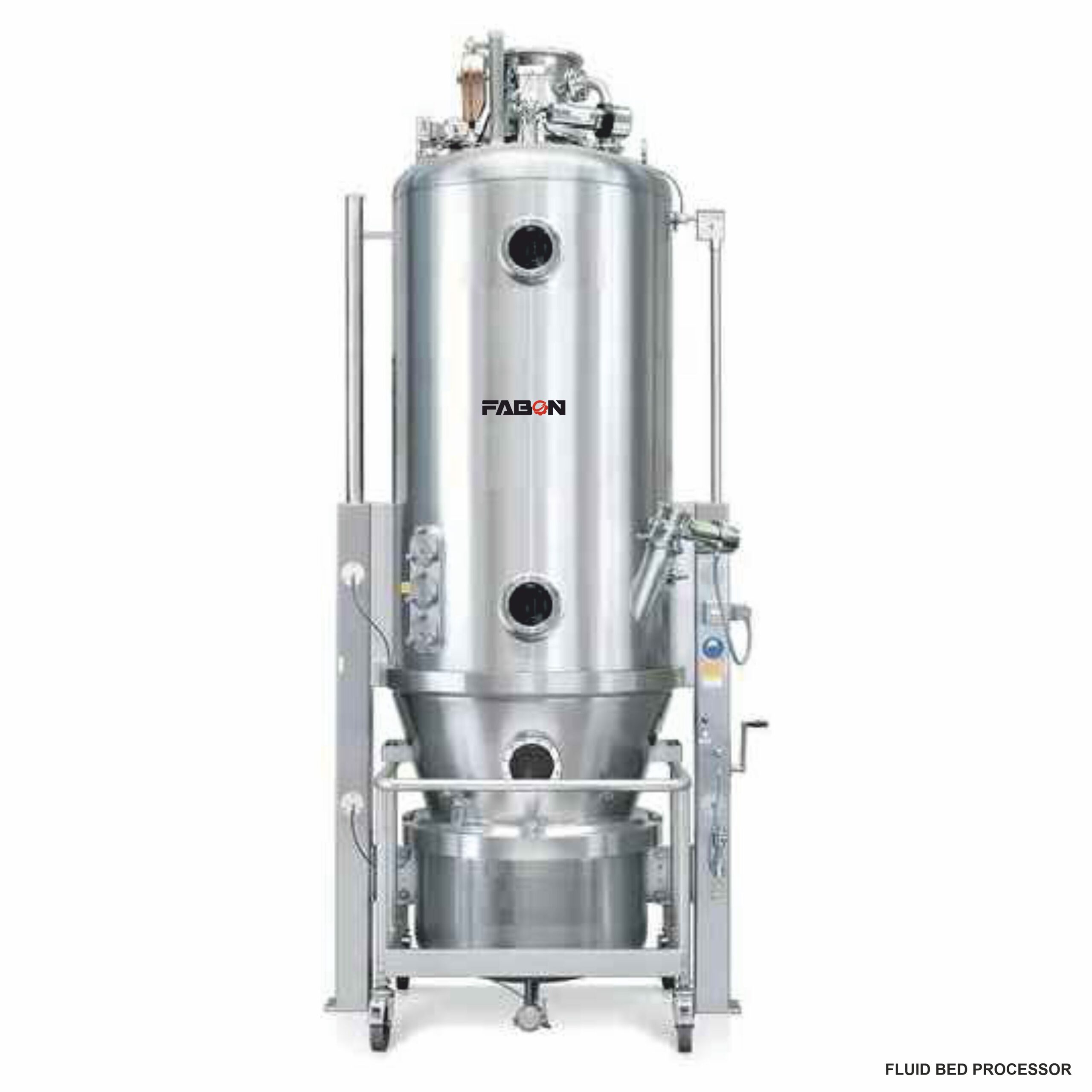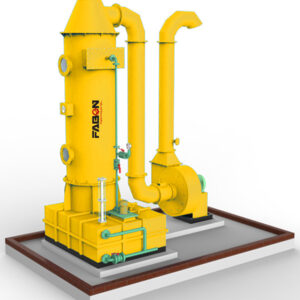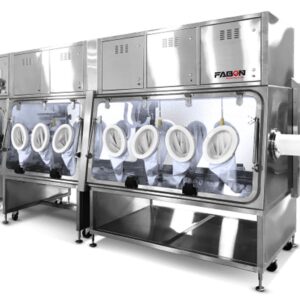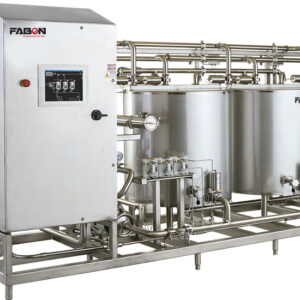Fluid Bed Processor (FBD) – Technical Specification & Application in the Pharmaceutical Industry
Fluid Bed Processor (FBD) is a universal machine employed in pharmaceutical production to dry, granulate, and coat powders and granules. It functions on the principle of suspending particles in a hot air stream, providing effective heat transfer, uniform drying, and controlled size distribution of particles.
Technical Specifications of Fluid Bed Processor (FBD)
- Construction Material
- Stainless Steel (SS 316L for product contact items, SS 304 for non-contact items) – meets GMP & FDA standards.
- Mirror or Matte Finish – aids easy cleaning and avoids contamination.
- Anti-Static Filters – avoids static charge accumulation in fine powders.
- Processing Capacity
Available in 1 kg (lab-scale) to 1000 kg (industrial-scale) per batch.
- Air Handling & Heating System
- Primary Air Blower: Provides uniform fluidization of particles.
- HEPA Filters (H13 or H14): Eliminates airborne impurities, providing a hygienic processing area.
- Heating Source:
- Electrical Heater (for laboratory or small-scale applications).
- Steam / Hot Water / Gas Heaters (for commercial production).
- Temperature Control: 30°C – 120°C, adjustable through PLC-based controllers.
- Spray System (For Granulation & Coating)
- Top Spray: Applied to granulation & drying processes.
- Bottom Spray (Wurster Process): For coating pellets and tablets.
- Tangential Spray: Applied to agglomeration and layering processes.
- Spray Nozzle Size: 0.5–2.0 mm for accurate atomization.
- Filter & Exhaust System
- Bag/Cartridge Filters with Automatic Shaking Mechanism – avoids powder loss.
- Exhaust Blower (CFM Range 500–3000 CFM) – proper airflow and dust management.
- Control System
- PLC-Based HMI Touchscreen Panel – automatic process control.
- Real-Time Monitoring: Regulates inlet air temperature, airflow, spray rate, and drying time.
- Batch Recipe Storage: Enables consistent processing parameters.
- Safety Features
- Explosion-Proof Design – optional for solvent-based granulation.
- Pressure Relief Dampers – avoids damage due to overpressure.
- Fire Detection & Suppression System (Optional) – for use with flammable substances.
- Earthing & Static Charge Protection – to protect operators.
Applications of Fluid Bed Processor (FBD) in the Pharmaceutical Industry
- Drying of Wet Granules: Quick drying of wet granules following high-shear granulation prior to tablet compression. More effective compared to conventional tray drying.
- Granulation (Top Spray Method): Transforms powders into granules with the use of a binder solution spray.
- Enhances flowability and compressibility for tablet production.
- Coating of Pellets & Granules (Bottom Spray – Wurster Process)
- Utilized in controlled-release drug delivery products.
- Deposits polymeric coatings for sustained or delayed release capsules and tablets.
- Agglomeration & Instantization (Tangential Spray Method)
- Creates dust-free, free-flowing granules for instant powders (e.g., infant formula, protein powders).
- Multi-Industry Applications: Applied in pharmaceutical, food, nutraceutical, chemical, and herbal industries.






Reviews
There are no reviews yet.